Embarking on a National Park adventure with an RV offers unmatched freedom and comfort in the great outdoors. However, choosing the right RV size is essential to ensure a smooth trip and maximize your camping experience. With the variety of RV types and sizes available, selecting the ideal one for your trip may initially seem confusing. In this article, we’ll delve into the factors you need to consider when choosing the best RV size for your National Park adventures.
Understanding the different RV sizes and categories is the first step when evaluating the perfect fit. Options range from compact camper vans to luxurious Class A motorhomes, each with its unique features and attributes suitable for various travel needs. For instance, while some large RVs offer ample space and amenities, including the highly-appreciated outdoor kitchens, keep in mind that bigger may not always be better, as some National Parks have size restrictions and limitations on campground access.
Moreover, National Park RV size limitations can differ significantly, so it’s crucial to research each park’s guidelines before hitting the road. Size restrictions depend on factors like the layout, facilities, and natural environment of the park. With that said, the best RV size for your National Park adventure should strike the perfect balance between comfort and accessibility. Additionally, amenities, park regulations, and reservation strategies are vital to your overall camping experience.
Key Takeaways
- Choose an RV size that balances comfort and accessibility for National Park adventures.
- Research each park’s guidelines and size restrictions for a smooth camping experience.
- Amenities, park regulations, and reservation strategies all contribute to your ultimate adventure.
Understanding RV Sizes and Categories
When planning a National Park adventure, it’s essential to consider the size and type of RV that best suits your needs. In this section, I will briefly discuss different RV categories, which can help you make an informed decision.
Class A Motorhomes
Class A motorhomes are the largest and most luxurious RVs, ranging in length from 29 to 45 feet. They provide ample living space and often come with top-of-the-line amenities. However, their size can be a limitation in some National Park campsites, as they may have restrictions on the length of RVs allowed. For more information on Class A motorhomes, you can refer to this beginner’s guide.
Class B Motorhomes
Class B motorhomes, also known as camper vans, are smaller and more maneuverable than Class A motorhomes. They are typically around 20 feet long and offer basic amenities such as a small kitchen, a sleeping area, and a bathroom. Due to their compact size, they are generally a better fit for National Park campsites.
Class C Motorhomes
Class C motorhomes are a mid-size option, usually around 28 feet long. They incorporate a comfortable living space and essential amenities, making them a popular choice for families. Their size typically allows them to fit in most National Park campsites.
Fifth Wheel Trailers
Fifth Wheel trailers are towable RVs that require a specific hitch to connect to a truck. They usually measure between 32 and 36 feet in length and offer a spacious living area and various amenities. Just like Class A motorhomes, their length might be a limitation in some National Park campsites, so it’s important to check the restrictions before planning your trip.
Travel Trailers
Travel trailers are versatile and widely-used towable RVs, measuring between 20 and 30 feet in length. They can be towed by a variety of vehicles, including trucks, SUVs, and even some Tesla models. Their size allows for comfortable living space and amenities, while still being suitable for most National Park campsites.
Pop-Up Campers
Pop-up campers are lightweight, compact, and easily towable by most vehicles. They offer limited amenities and living space, but they expand when set up at a campsite. Their small size makes them an excellent choice for fitting into most National Park campsites.
Truck Campers
Truck campers are smaller RVs that attach to the bed of a pickup truck. They offer basic amenities and living space while being compact and easily maneuverable. Their size allows them to fit comfortably into most National Park campsites.
In conclusion, picking the right RV size and category is crucial for making the most of your National Park adventures. The information provided in this section will help you choose the best option for your needs, keeping in mind any potential restrictions at specific campsites.
National Park RV Size Limitations
Maximum Length Requirements
Based on my knowledge and the search results, I found that national parks typically have length limits for RVs. It’s usually best to have an RV or trailer that measures between 25 and 30 feet in length for camping in national parks. However, there are many national park campgrounds that can comfortably accommodate longer RVs, even those more than 40 feet long.
Campsite Availability
When it comes to RV camping in national parks, there are certain size requirements that affect availability. For example, RVs up to 12 feet in length fit in every national park campground in the United States, although there are a few campgrounds that don’t allow RVs at all and are tent only. RVs up to 19 feet in length fit in 98% of all national park service campgrounds, while those up to 25 feet in length fit in 93% of all national park campgrounds.
Here’s a quick summary:
- 12 feet RVs: 100% of campgrounds
- 19 feet RVs: 98% of campgrounds
- 25 feet RVs: 93% of campgrounds
Turning Radius and Navigation
When choosing an RV for national park adventures, it’s important to consider the turning radius and navigation as well. Maneuverability is crucial, especially in older parks with narrow roads, tight turns, and limited parking spaces. Smaller RVs, such as those found in the top 6 small fifth-wheel options for retired couples, are ideal for easy navigation and access to tighter campsites.
In conclusion, consider the RV size limitations, campsite availability, and navigation requirements when choosing the best RV for your national park adventure.
Selecting the Right RV for Your National Park Adventure
Selecting the right RV for national park adventures can be a bit daunting with many options to choose from, but don’t worry, I’ve got you covered. The first thing to consider when choosing your RV is the size. National parks often have size restrictions for RVs, with most recommending an RV that’s 30 feet long or less, including the tow (or towed) vehicle. This will ensure you have access to more campsite choices and can navigate roads and parking areas with ease.
It’s also essential to consider the types of amenities you’ll need. National parks offer varying levels of facilities and hookups for RVs. While some have full hookups for water, electricity, and sewer, others may only provide basic facilities or nothing at all. It’s important to find an RV that matches your needs and comfort level when camping in these environments. Airstream and Lance are popular RV brands offering a range of options to suit different needs.
Another factor to consider is the quality and durability of the RV. With many RV manufacturers out there, it can be challenging to decide which one is right for you. Brands like Winnebago and Entegra have established reputations for quality and reliability, but it’s important to research and compare different manufacturers before making a decision.
In summary, when selecting the right RV for your national park adventure:
- Consider the size based on park restrictions and ease of use
- Evaluate your needs for amenities and camping facilities
- Look into reputable RV brands and manufacturers for quality and reliability
By taking these factors into account, you’ll be better prepared to find the ideal RV for your unforgettable national park trip.
Essential Features and Amenities for National Park Camping

Water and Waste Management
When planning a National Park adventure, you need to make sure that your RV has proper water and waste management systems. I’ve found that the size and capacity of your freshwater, gray water, and black water tanks are important considerations. A good rule of thumb is to know how long your water supply will last based on your RV’s tank size. It’s worth noting that many National Parks offer dump stations, whereas others don’t. So, you may want to plan a visit to such stations accordingly for proper waste disposal.
Energy and Power Sources
Utilizing efficient energy sources for your RV is vital while camping in National Parks. Solar power is a popular choice for many RVers like me, as it’s eco-friendly and can be a reliable source during sunny days. Personally, I’ve also considered using an RV wind generator to supplement my energy needs even when I’m driving. Propane gas can be essential for cooking and heating purposes, but it’s crucial to ensure proper connections and safety precautions are in place. Lastly, always carry extra batteries for smaller gadgets to keep them powered.
Heating and Cooling Systems
Maintaining a comfortable temperature inside your RV is crucial for enjoyable National Park camping. Depending on the climate and time of the year, heating or cooling systems can play a significant role in your trip. For cooler temperatures, quality insulation, and an efficient heating system can keep your RV warm and cozy. Also, make sure to carry adequate warm clothing and blankets. On the other hand, for hot summer days, I ensure that my RV is well-ventilated and has an effective air conditioning system to combat any discomfort.
Storage Solutions
An organized RV is essential for an enjoyable camping experience. It’s important to maximize storage space to keep your items readily accessible when needed. I’ve discovered that the use of must-have RV gadgets and storage solutions can significantly improve the overall organization and functionality of the RV. For me, these things include collapsible containers, hanging storage racks, and under-bed storage solutions. It’s also advisable to minimize the items you carry with you to make it easier to find and access your belongings during your National Park adventure.
Navigating Park Regulations and Campground Policies
Campfire Rules and Restrictions
When planning a national park adventure, it’s crucial to be aware of the campfire rules and restrictions. Many parks permit campfires in designated fire rings or grills, while some might have seasonal or temporary fire bans due to weather conditions or local regulations. It’s crucial to check with the park authorities before starting a fire and follow their guidelines for fire safety. This helps in preventing wildfires and preserving the natural beauty of the parks.
Wildlife and Environmental Protection
As an RV enthusiast, I understand the importance of respecting and protecting the environment and wildlife during my national park travels. To protect the flora and fauna, ensure to stay on established trails and never approach or feed the animals. When disposing of trash, use designated trash cans or recycling bins, ensuring that nothing is left behind. In case you encounter leaks in your RV storage compartment, be sure to fix the issue promptly to avoid harm to the park’s ecosystem.
Quiet Hours and Generator Use
Most national park campgrounds enforce quiet hours, typically from 10 p.m. to 6 a.m., to create a peaceful environment for everyone. During these hours, generators should be turned off, and noise should be kept to a minimum. Generator use might be restricted further, with some parks allowing them only during specific hours in designated areas. To avoid unexpected surprises, research the campground’s generator policy ahead of time.
As an experienced RVer, I’ve noticed that plastics in some RVs can yellow over time. To maintain my vehicle’s appearance, I always practice proper maintenance and upkeep. By being responsible and considerate of the environment and other campers, we can all enjoy these breathtaking national parks in our RVs for years to come.
Trip Planning and Reservation Strategies
Best Times to Visit
One of the key factors in choosing the right time for your national park adventure is considering the best time of year to buy a used RV. When planning your trip, I recommend considering factors like weather, seasonal activities, and wildlife sightings. Additionally, it’s important to think about potential discounts or deals on RV rentals and purchases.
Avoiding Peak Seasons
To make your trip enjoyable and avoid crowded parks, I suggest avoiding peak seasons in popular national parks. Visiting during off-peak times ensures a more tranquil experience, and it may even save you some money on RV ownership costs. When researching your desired destination, check for expected visitation peaks and the busiest times of the year. This will help you choose the best time to visit while achieving your primary goals for the trip.
Utilizing Online Resources
Fortunately, there are various online resources available to help you plan and enjoy your national park RV adventure. Before hitting the road, I like to create a list of must-see locations and activities within the park. Additionally, I make sure to ask essential questions when buying an RV, ensuring I am well-equipped for the journey ahead.
Utilizing online resources not only helps with trip planning but also provides access to reservation systems, allowing you to secure a campsite ahead of time, which is especially important during high-demand periods. Don’t forget to look for reliable reviews and recommendations from fellow RV travelers who have experienced these parks firsthand.
To ensure a successful RV adventure in national parks, adequate trip planning and reservation strategies are essential. By considering the best times to visit, avoiding peak seasons, and utilizing online resources, I am well-prepared and ready for a memorable trip.


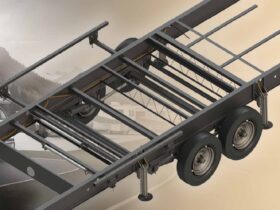
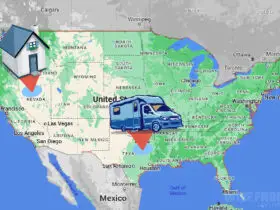
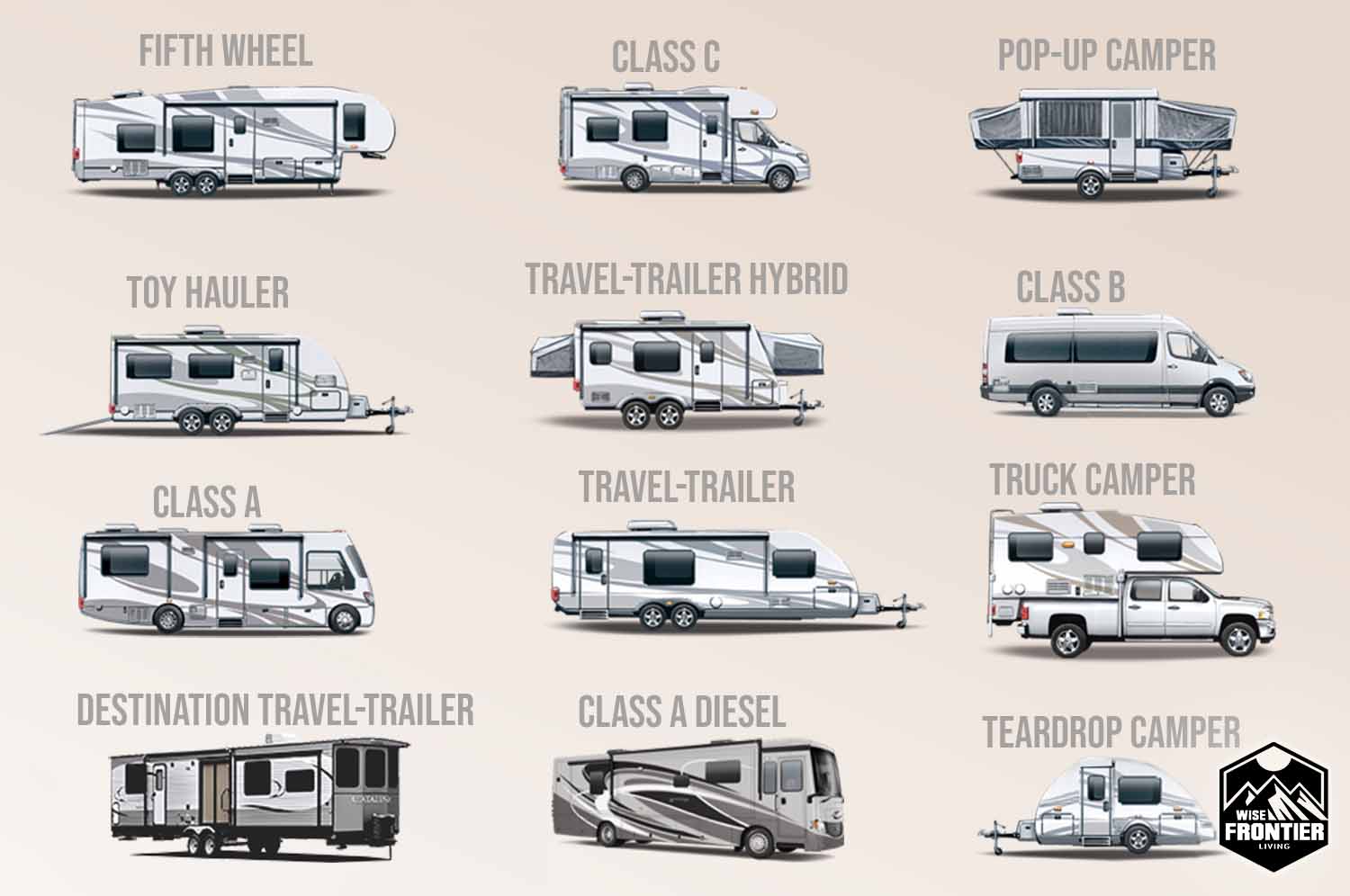
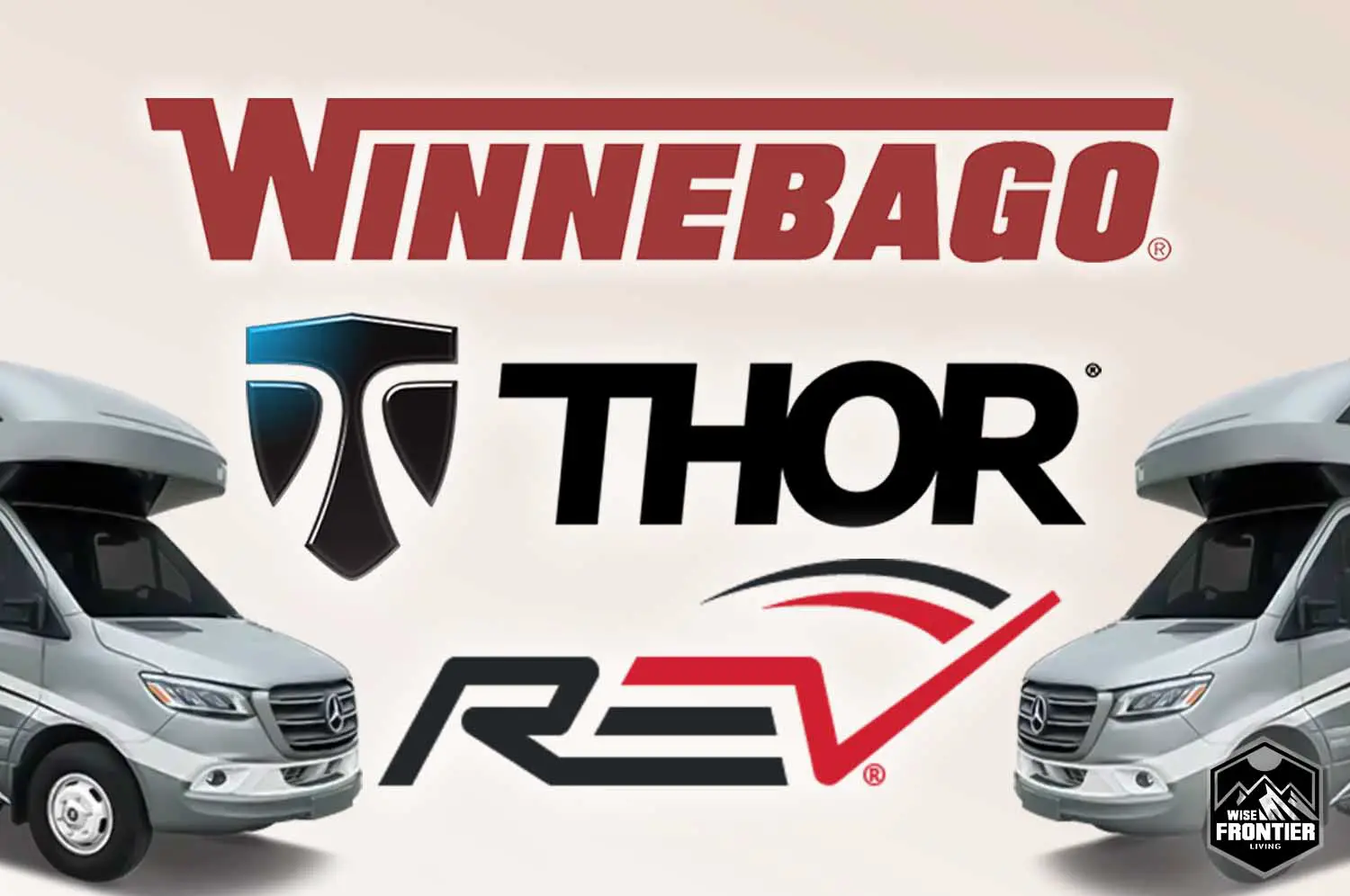
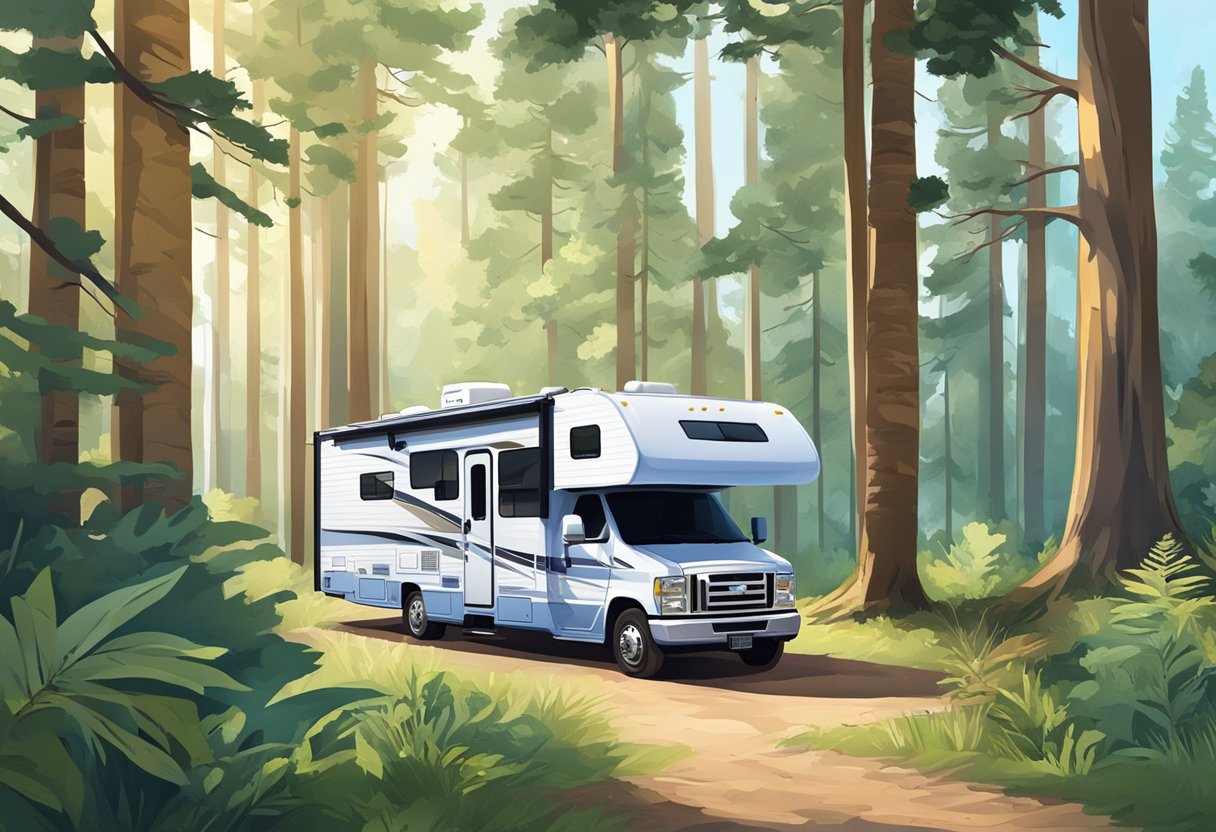
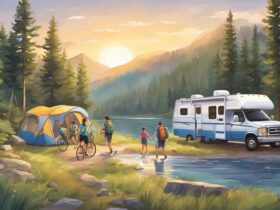
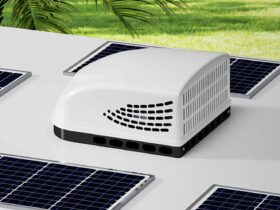
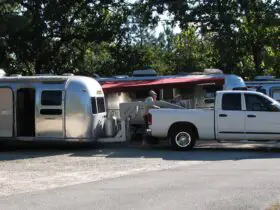
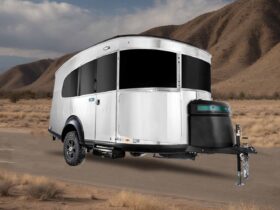
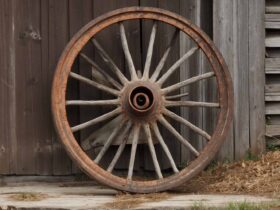
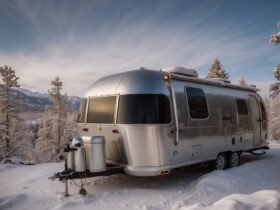
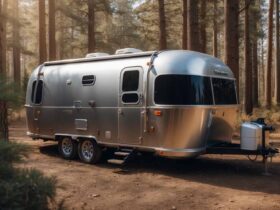
Leave a Reply